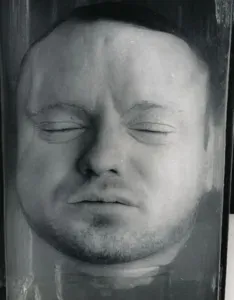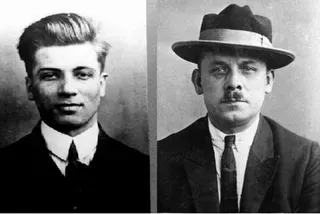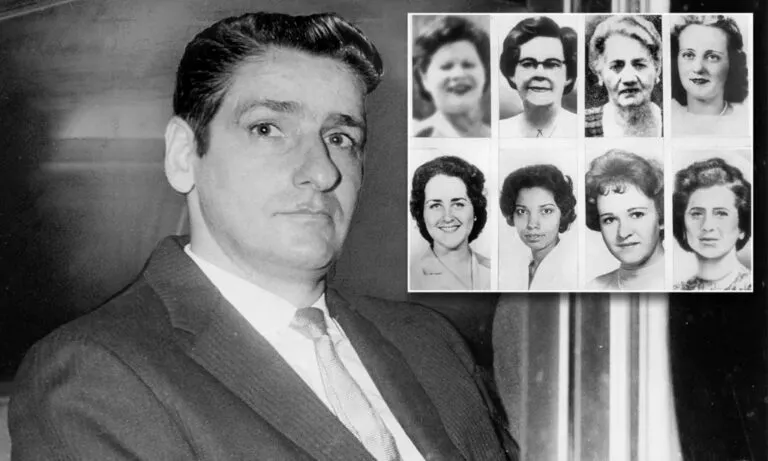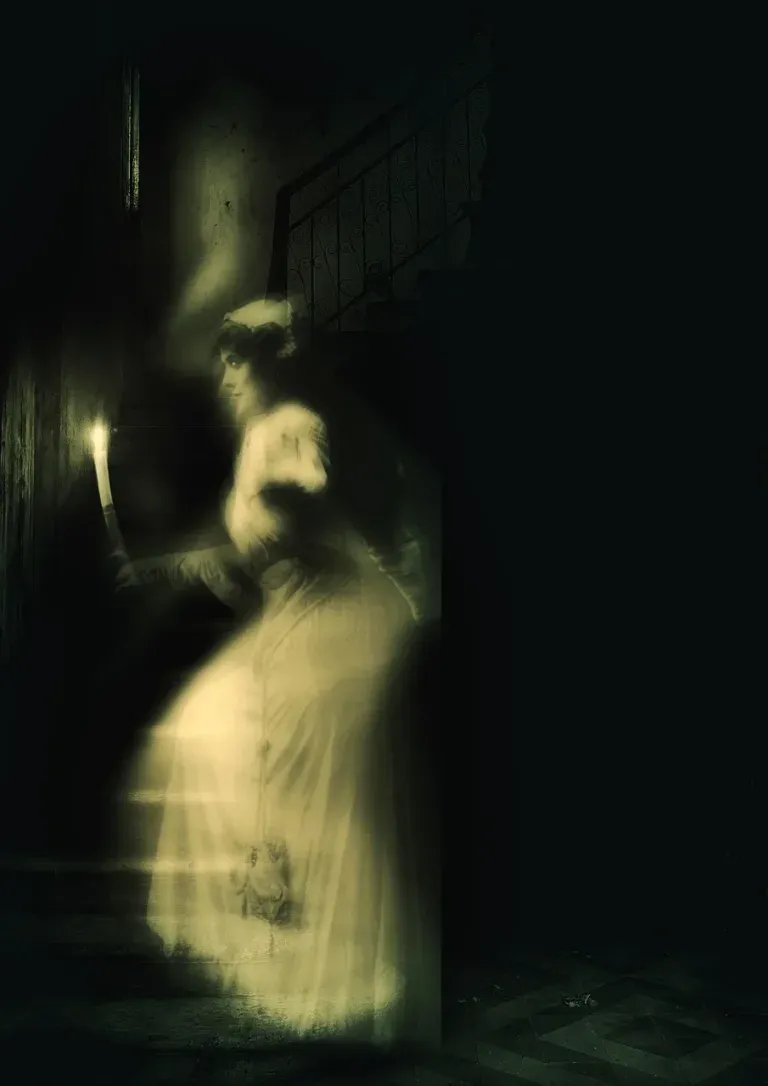The Butcher of Hanover
The Butcher of Hanover
Fritz Haarmann and Hans Grans: The Terrifying Duo of Hanover
Introduction
In the grim landscape of crime that characterized 1920s Germany, few cases emerged with the horror and ruthlessness of that of Fritz Haarmann, known as “The Butcher of Hanover.” However, the darkness of this story is incomplete without mentioning Hans Grans, Haarmann’s accomplice and lover. The connection between Haarmann and Grans not only amplifies the horror of the crimes committed but also adds a layer of complexity to the narrative of these murders.
Fritz Haarmann and Hans Grans: A Deadly Bond
Fritz Haarmann was born on October 25, 1879, in Hanover, and, as described, became notorious for his gruesome series of murders. However, his accomplice, Hans Grans, played a crucial and unsettling role in his criminal career. Grans, born on January 23, 1899, was a man of few scruples, and his meeting with Haarmann led to a partnership that proved fatal for many of their victims.
The Meeting and the Bond
Haarmann and Grans met around 1920, and their meeting marked the beginning of a sinister collaboration. The two men were not only partners in crime but also lovers. Their personal and criminal relationship was complex and troubled. Grans, with his manipulative and cunning personality, became Haarmann’s right-hand man, facilitating many of his operations and sharing with him the responsibility for acts of violence.
Hans Grans’ Role in The Butcher of Hanover’s Crimes
Grans’ involvement in Haarmann’s crimes was significant. While Haarmann was the main perpetrator of the murders, Grans played a vital supporting role. He often helped transport and hide the bodies and was involved in destroying evidence. In some cases, Grans was used to lure victims into Haarmann’s trap, exploiting his ability to communicate and seduce.
One of the most disturbing aspects of their collaboration was the routine the two men had developed. Grans helped Haarmann sell human flesh at local markets, deceiving customers into believing they were purchasing beef. This not only demonstrates their disregard for human life but also the skill with which they were able to conceal their crimes.
Discovery and Arrest
The discovery of Haarmann’s crimes occurred in 1924, and Grans’ involvement came to light shortly after. As law enforcement began gathering evidence against Haarmann, Grans was also taken into custody. The investigation revealed that Grans was an accomplice in the murders and had actively participated in concealing the bodies. His capture happened around the same time as Haarmann’s arrest, and the connection between the two was immediately clear to the authorities.
The Trial and Conviction of The Butcher of Hanover
The trial of Haarmann and Grans, held in 1925, was a major event. The two men were tried for a series of heinous crimes, including murder, mutilation, and cannibalism. During the trial, Grans presented himself as a calculating and manipulative man, and his behavior throughout the proceedings attracted much attention. Grans’ testimony, in which he attempted to downplay his role, was not enough to save him from conviction.
 On April 15, 1925, The Butcher of Hanover was sentenced to death and executed by decapitation. Grans, on the other hand, was sentenced to 20 years in prison for his role as an accomplice. While Haarmann faced his final fate, Grans remained in prison, where he continued to maintain a certain reticence about his actions.
On April 15, 1925, The Butcher of Hanover was sentenced to death and executed by decapitation. Grans, on the other hand, was sentenced to 20 years in prison for his role as an accomplice. While Haarmann faced his final fate, Grans remained in prison, where he continued to maintain a certain reticence about his actions.
Legacy and Impact
The case of Haarmann and Grans has left a lasting impact on criminology and popular culture. Their collaboration demonstrated the horror that can arise from the union of two criminal minds, and their story has inspired numerous studies and artistic representations. The case highlighted the individual’s capacity to collaborate in violence and the complexity of power dynamics among criminals.
The Haarmann-Grans duo has become a symbol of organized evil and dehumanization, and their story remains a chilling example of the depths of human horror. The case has influenced not only how crimes are studied but also how criminal psychology and collaborative crime dynamics are understood.
Conclusion
Fritz Haarmann and Hans Grans represent one of the darkest chapters in the criminal history of the 20th century. Their collaboration led to a series of murders that shocked Hanover and all of Germany. Their story is one of violence, manipulation, and inhumanity, and it remains a stark reminder of the power of evil when fueled by personal and criminal bonds. Their legacy continues to be studied and analyzed, offering a disturbing glimpse into the human capacity for terror and suffering.

Subscribe to our YouTube channel






